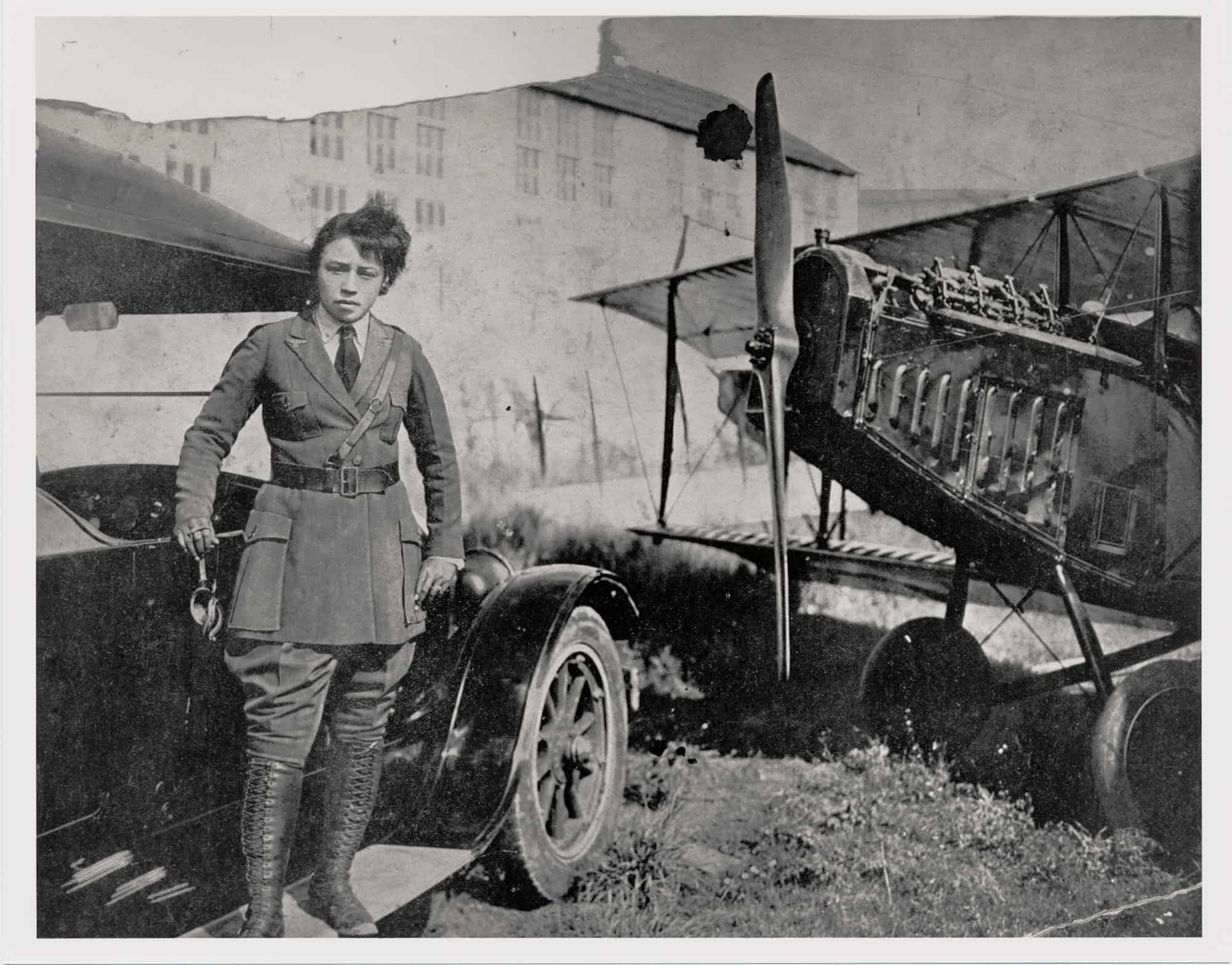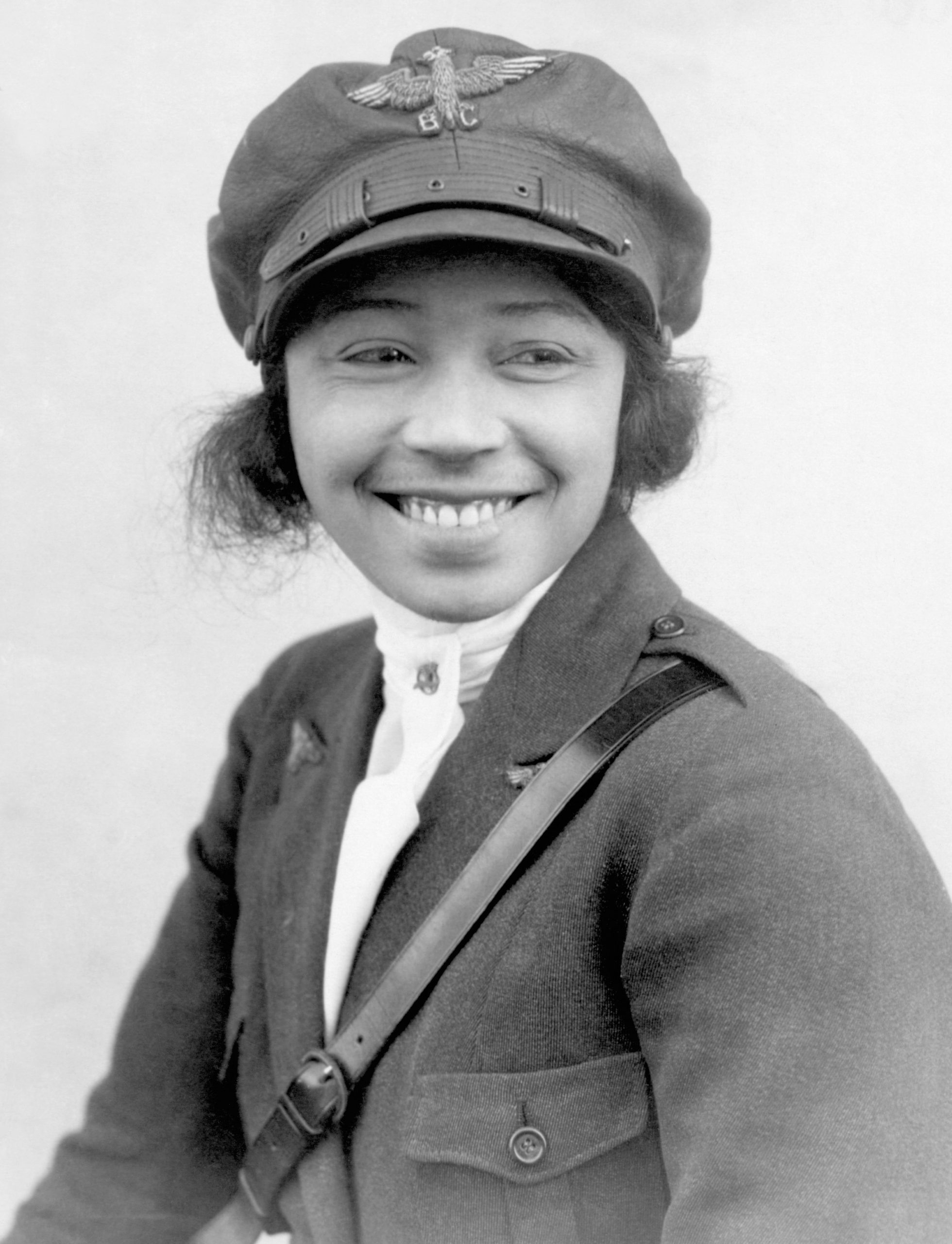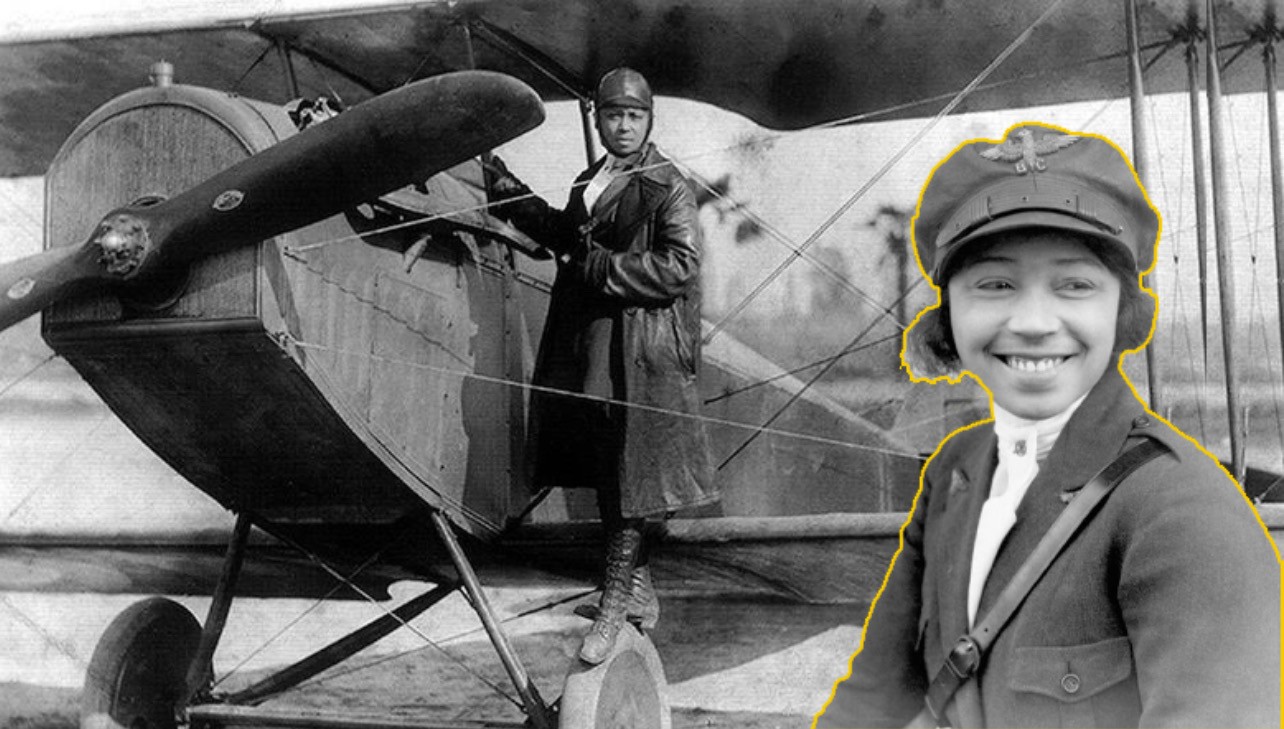Bessie Coleman enrolled in a prominent flight school in France after discovering that no one in the United States would train her, and she went on to become a daredevil stunt flyer well-known across the world.
Bessie Coleman received her pilot’s license in 1921, making her the nation’s first Black woman pilot to be licensed. But Coleman’s trip to the cockpit was anything but simple.
Coleman’s application to every American aviation school was rejected because of her gender and race. She learned French, gathered money, and traveled to Crotoy, France, to enroll in a flight school in order to fulfill her ambition.

When she eventually made it back to America, she wowed onlookers by performing stunts in mid-flight. Through her tenacity and perseverance, she rose to incredible heights for a woman of her day, but in 1926, it all came tumbling down when she tragically passed away.
Bessie Coleman Sees an Opportunity in the Sky
On January 26, 1892, Elizabeth Coleman, the tenth of twelve children, was born in a remote area of Texas. Bessie Coleman was the first woman of Native American origin to fly in America since her father was Black and her mother was Black and Cherokee.
Coleman’s parents were sharecroppers who were illiterate, yet she commuted four miles each way daily to a one-room segregated school where she excelled in math and learned to read.
Coleman went to college at Oklahoma’s Langston Industrial College, which is now Langston University, unlike many other women of any race at the time. She had to leave school since she could only afford one semester. Then, in 1916, she relocated to Chicago with her brother.
Bessie Coleman started working as a manicurist and established a reputation for being one of the swiftest in her area of the city. When World War I fighter pilots started garnering media attention, she was employed at the White Sox Barber Shop.
A biography of Coleman claims that her older brother, who had served in the French Air Force, mocked her about how freer the women were over there. They could even fly jets, he claimed. When Coleman had the idea, she started setting aside funds for aviation school.

Bessie Coleman made the decision to travel to France and enroll in the renowned École d’Aviation des Frères Caudron because no school in the United States would teach her. She was the only student of color in her class.
Coleman acquired his piloting skills aboard the shaky Nieuport 82 biplane, which had a steering gear made consisting of a vertical stick about the thickness of a baseball bat and a rudder bar beneath the pilot’s feet.
 The African History Truly African
The African History Truly African

